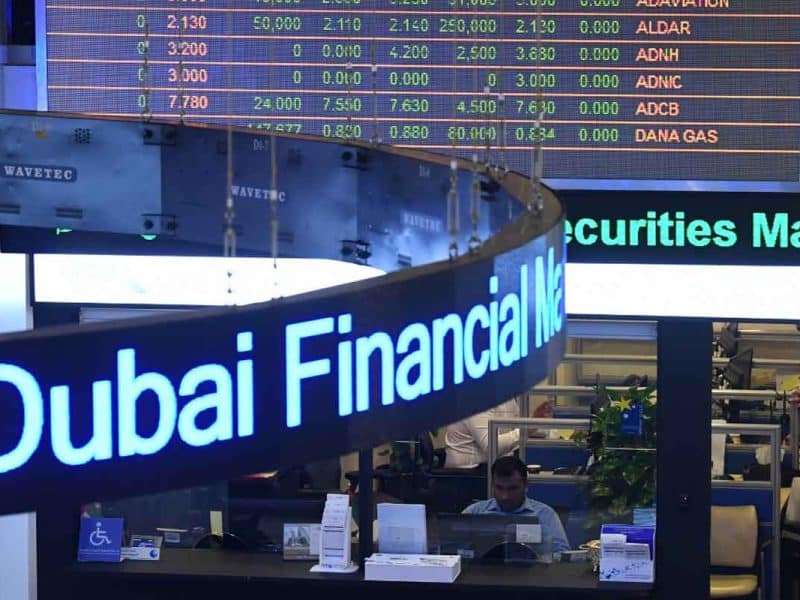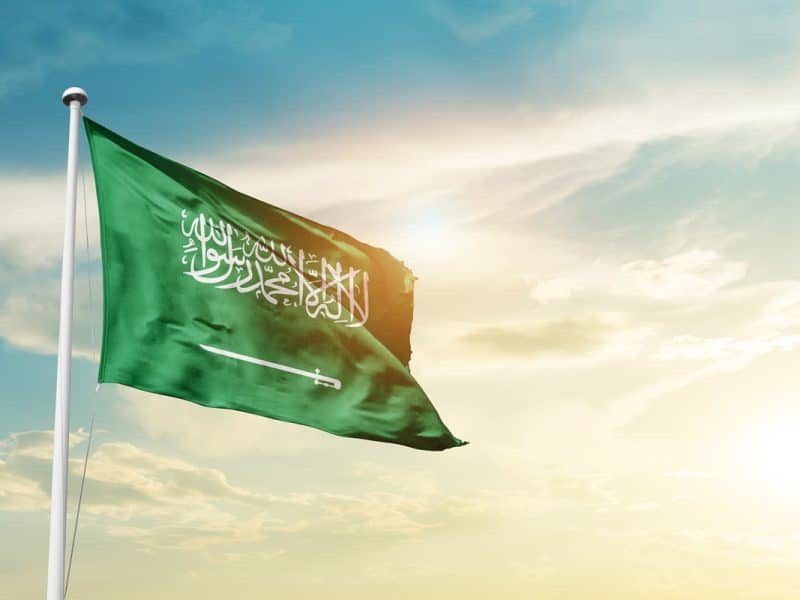Saudi Arabia, which pegs its currency to the dollar, said on Wednesday it will hold back from matching a US interest rate cut as the world’s largest oil exporter seeks to tackle inflation at a seven-year high.
“After reviewing the situation of liquidity and the economic situation we feel there is no need for a change,” Central Bank Governor Hamad Saud al-Sayyari told Reuters in the Saudi capital, Riyadh.
“Once we notice something, we will take the appropriate measures,” he said, declining to be more specific. The benchmark repo rate is 5.5%.
Analysts say the move will inevitably lead to the collapse of the dollar peg, the UK’s Daily Telegraph reported yesterday on its web site.
“As a close ally of the US, Riyadh has tried to stick to the peg, but it now risks destabilising its own economy” the newspaper said.
Hans Redeker, currency chief at BNP Paribas told the Telegraph “This is a very dangerous situation for the dollar.”
“Saudi Arabia has $800bn in their future generation fund, and the entire region has $3,500bn under management. They face an inflationary threat and do not want to import an interest rate policy set for the recessionary conditions in the United States” he said.
Gulf Arab oil producers, five of which peg their currencies to the dollar, tend to track US interest rates to maintain yield appeal.
By contrast, Kuwait and the United Arab Emirates cut interest rates yesterday after the Federal Reserve slashed its benchmark federal funds rate by 50 basis points to 4.75 percent, its first cut in more than four years.
The move has already caused a plunge in the world dollar index to a fifteen year low, and there is now a growing danger that global investors will start to shun the US bond markets.
Saudi Arabia last moved out of step with the Fed early last year, holding back from raising rates as the country’s stock market crashed. The index plunged 52.5% in 2006.
The Fed had increased its benchmark rate to 5.25% after 17 consecutive quarter-point increases that ended in June.
Saudi Arabia only narrowed the gap in February when it raised the repo rate 30 basis points to 5.5%.
Saudi Arabia, Kuwait and the four other Gulf Arab oil producers agreed this month to develop separate policies for tackling rising inflation.
“It does not come as a surprise,” said John Sfakianakis, chief economist at Saudi Arabia’s SABB bank, an affiliate of HSBC Holdings Plc. “The primary concern for SAMA is to control inflation … reducing rates would have complicated things.”
Saudi inflation surged to a seven-year high in July of 3.83% on higher food prices and rising rents. It could rise to 4% this year, Sayyari said earlier this month, to its highest in 13 years.
“Everything is pointing towards increased inflation and the only way to mitigate that is to get better hold of the currency and interest rates … but peg precludes this,” Standard Chartered Middle East economist Steve Brice said.
Saudi Arabia’s Shura Council, which advises the government on draft laws, urged the authorities this month to tackle inflation, which is rising as a fall in the value of the dollar made food imports more expensive.
Sayyari has repeatedly ruled out revaluing the Saudi riyal, saying home-grown factors such as rents and government spending are fuelling inflation.








